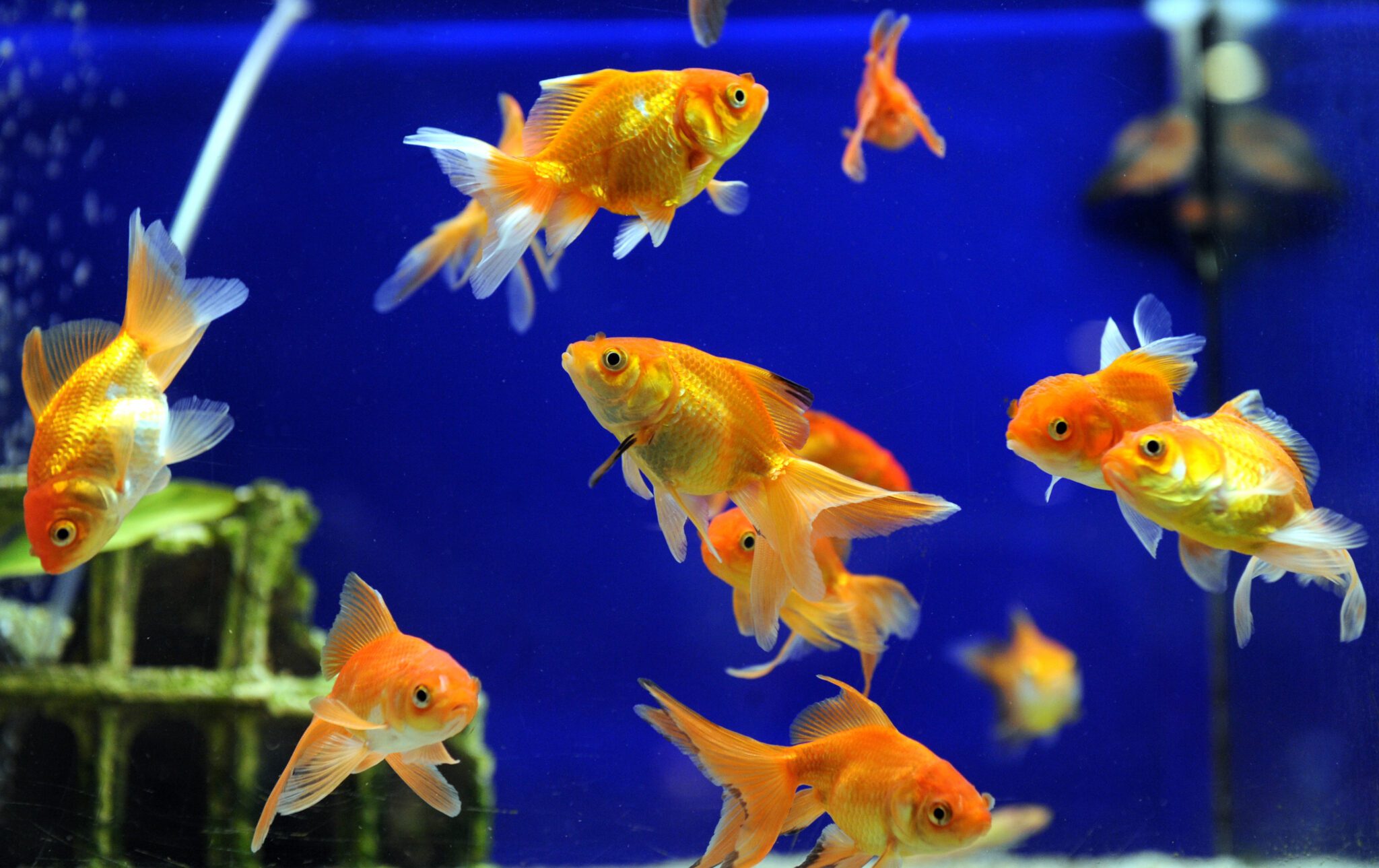How to Move or Store a Fish Tank

Raising fish is a relaxing hobby that brings a little whimsy to the home. From a single beta in a round bowl to an elaborate tropical display complete with coral, a fish tank can be incorporated into your space in many ways. However, what happens when it’s time to move? You need to take several steps to move and safely store a fish tank. Let’s dive in.
How to Move a Fish Tank
Moving a fish tank can be daunting, but it can be done safely and efficiently with the right preparation and care:
- Unplug all electrical equipment connected to the tank, such as filters, lights, and pumps.
- Carefully remove any plants and decorations from the tank and pack them in a bucket with water from the tank.
- Drain some of the water from the tank into a separate container for your fish to travel in during the move.
- Empty out any remaining water and clean the inside of the tank with warm water and an aquarium-safe cleaner.
- Place your fish in their transport container filled with some of the old aquarium water and secure it firmly at the top with a twist tie or lid.
- Wrap up the glass parts of your aquarium in bubble wrap or towels to protect them during transportation.
- When you arrive at your new home, make unpacking and setting up your aquarium a top priority for your fish’s comfort and safety.
- Place the aquarium in its new spot, scoop back in any substrate you removed before moving, then fill it up with conditioned tap water (room temperature and not straight from the tap).
- Finally, carefully introduce your fish back into their new home along with any plants or decorations that were packed away before moving day.
How to Store a Fish Tank
For many reasons, including taking a sabbatical in another country, living in temporary accommodations while building a home, or even taking a break from raising fish, you may need to store a fish tank.
Preparing a fish tank for storage requires special care to ensure your fish and tank equipment remain safe and undamaged throughout storage.
Here’s a step-by-step guide on how to prepare your fish tank for storage, including why self-storage is a good option:
- Decide on an appropriate storage location for your fish tank. Choose a location free from moisture, pests, and extreme temperatures, and ensure the space is secure and easily accessible.
- Unplug and remove all equipment connected to the fish tank, such as filters, heaters, lights, and pumps. Clean all equipment thoroughly per the manufacturer’s instructions and store each piece of equipment separately from the tank to prevent damage.
- Carefully remove any fish from the tank using a fishnet and place them in a clean and appropriately-sized temporary fish tank or container equipped with a filter and heater. Fill the temporary tank with water that matches the temperature and water quality of the original tank.
- Drain the water from your fish tank and use a siphon to remove as much debris and waste as possible.
- Thoroughly clean the interior of the fish tank with warm water and an aquarium-safe cleaner to remove any remaining debris or algae. Rinse the aquarium well with water several times to ensure all cleaning solution has been removed.
- Dry the fish tank completely using a clean towel or cloth. Air dry the tank for an additional hour or two to ensure all moisture has been removed.
- Disassemble the fish tank as needed, removing any removable parts such as the lid, doors, and hinges. Wrap each part carefully with packing materials to protect them from scratches or other damage during storage.
- Store your fish tank and its components in a climate-controlled self-storage unit. Climate-controlled storage will protect your tank from damage due to extreme temperatures and humidity, which can also cause warping, cracking, and mold growth. A secure self-storage property will also prevent damage from pests or rodents.
How Guardian Storage Can Help You Store a Fish Tank
Self storage is a great option for those needing extra space to store their belongings, including a fish tank. Guardian Storage offers climate-controlled units that will keep your fish tank and its components safe from damage and state-of-the-art security features to ensure your belongings are secure.
With these tips and our affordable, accessible, climate-controlled storage units, your fish tank will be secure through moving and storage and ready for when you can fill up the tank again.
See more tips on packing, storing, and moving items on our blog.





